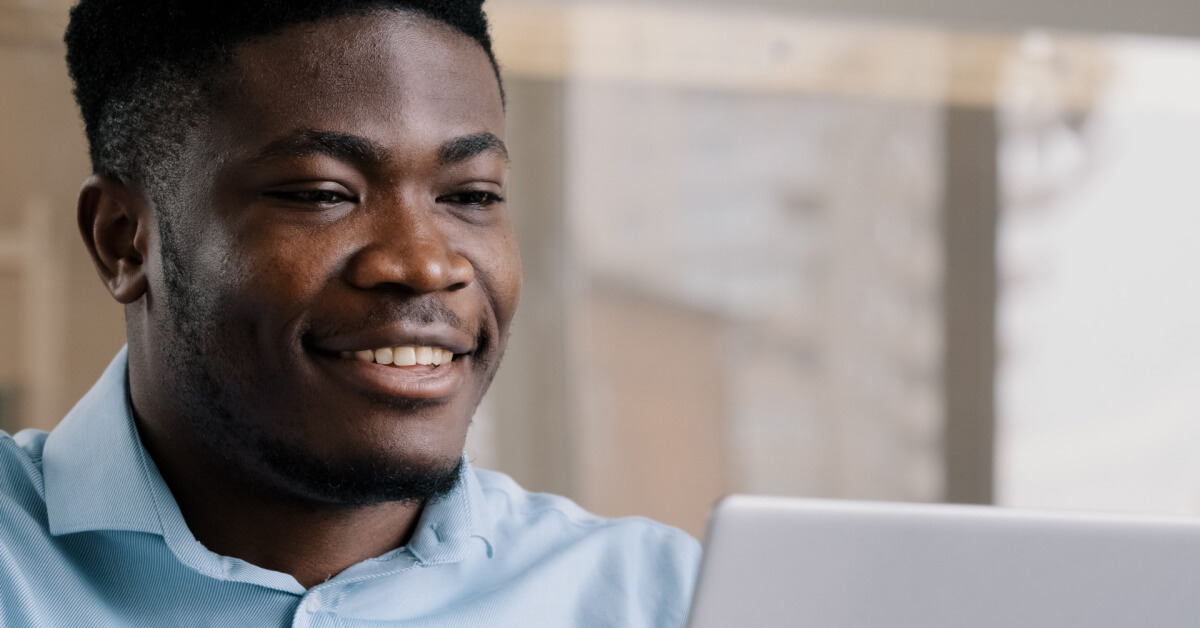August 25, 2022
We thank Norman Kim-Senior for making himself vulnerable in the service of better understanding equity and belonging in the independent school world through his life experiences. This letter is the first of a multi-part series exploring Norman’s journey. For those who do not speak Spanish, ‘una voz de abajo’ means ‘a voice from below’.
“I am that child that you hoped to save. I am that brilliant and poor dreamer.”
Dear Reader,
I hope that you are well. Thank you in advance for sharing your time with me. For a while now, I have been trying to understand my journey and the forces shaping the available options of the adults around me as they tried to guide me from childhood to adulthood. I also want you to know that I come from the working poor. Inadequate access to food, shelter, and healthcare are intimate memories for me and not just theoretical concepts. As such, I carry with me a clear vision of the dignity and determination of every parent who wakes up before sunrise to go to a low-wage job with the hope that they will make enough to take care of their family.
…
